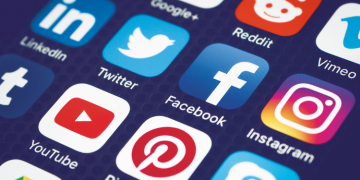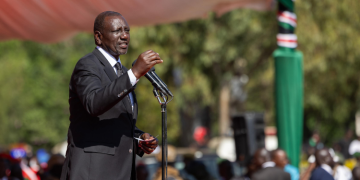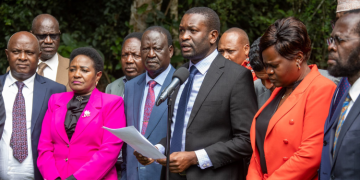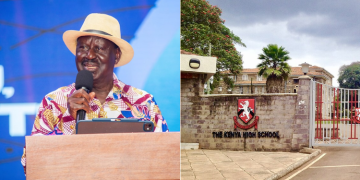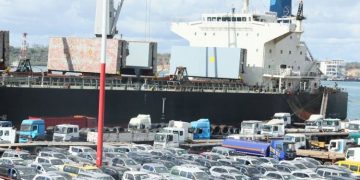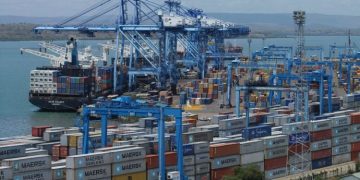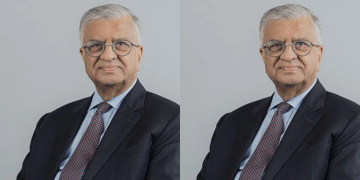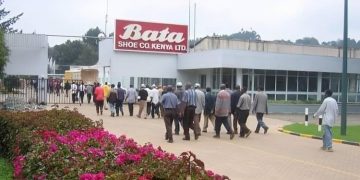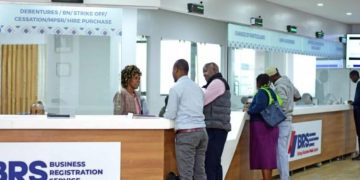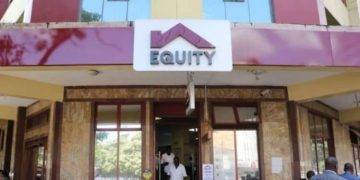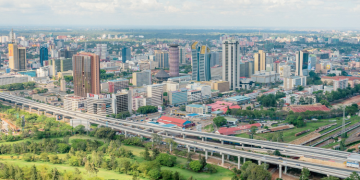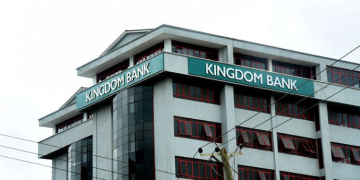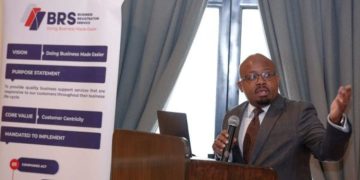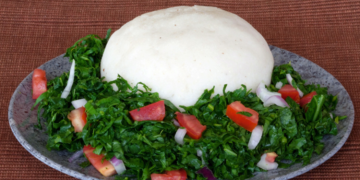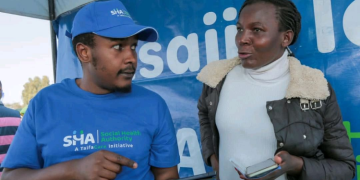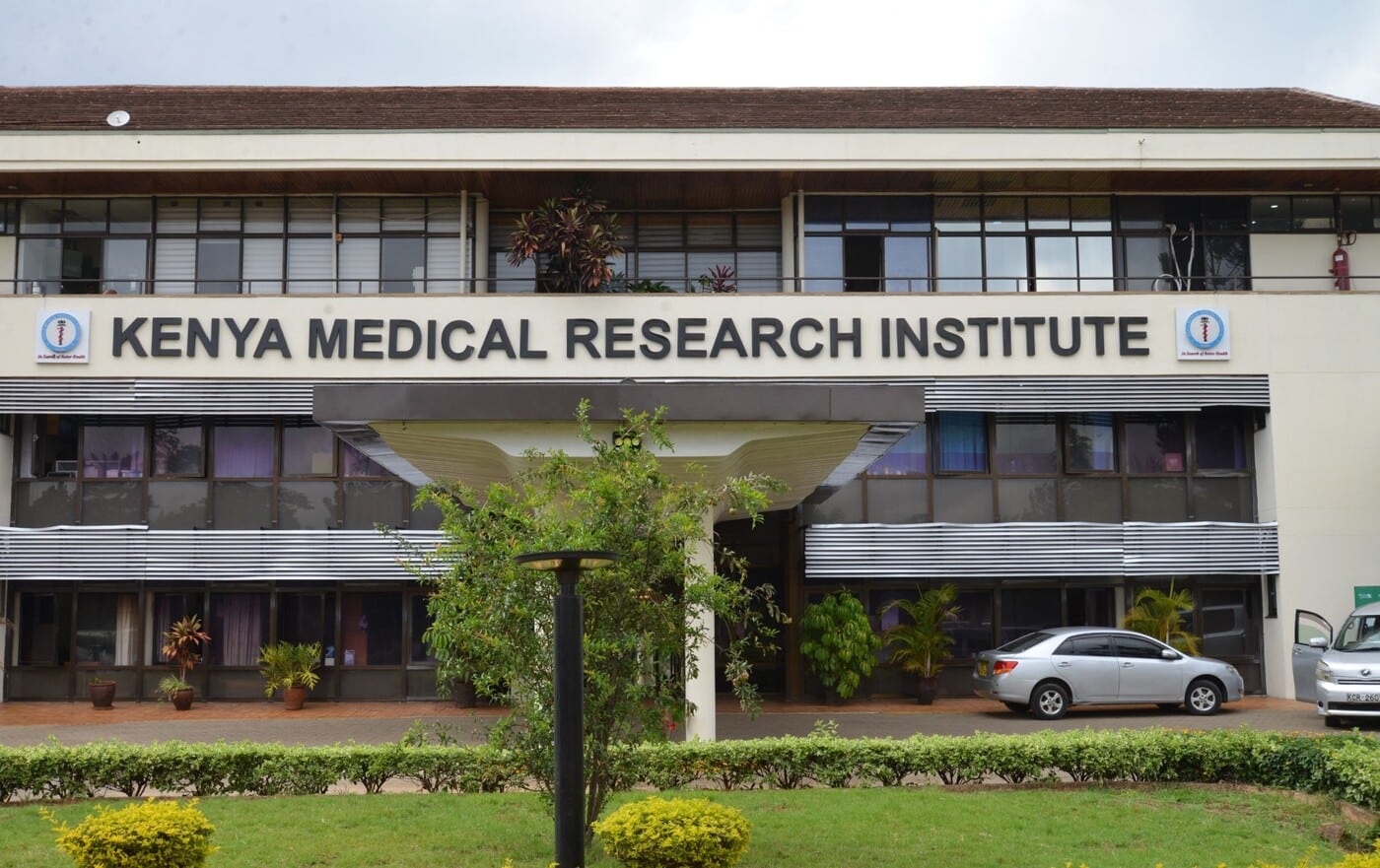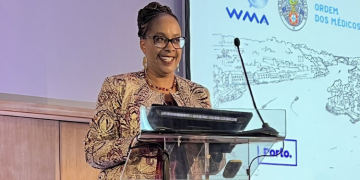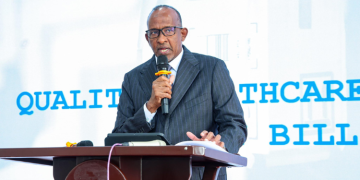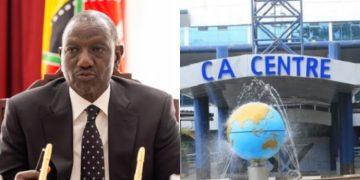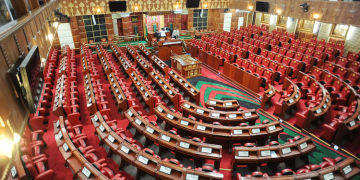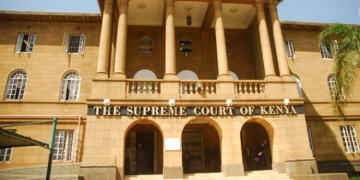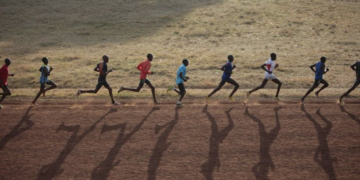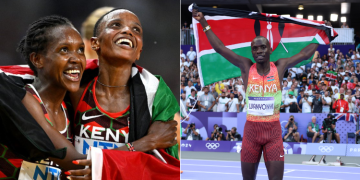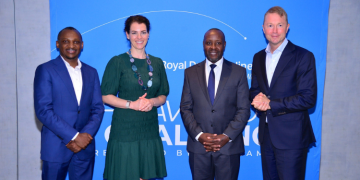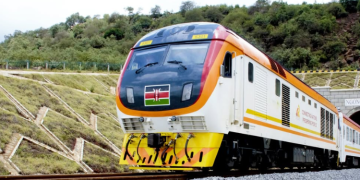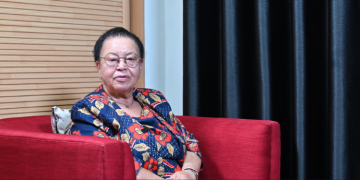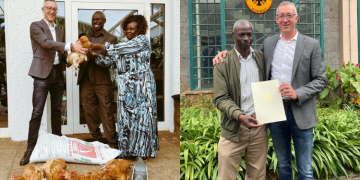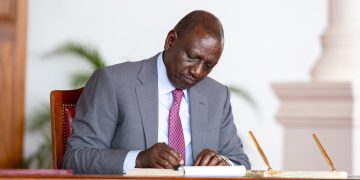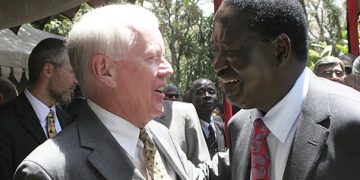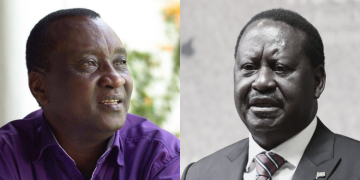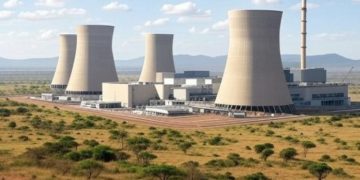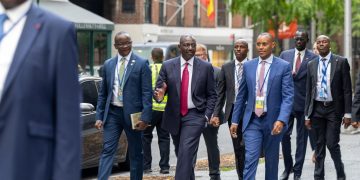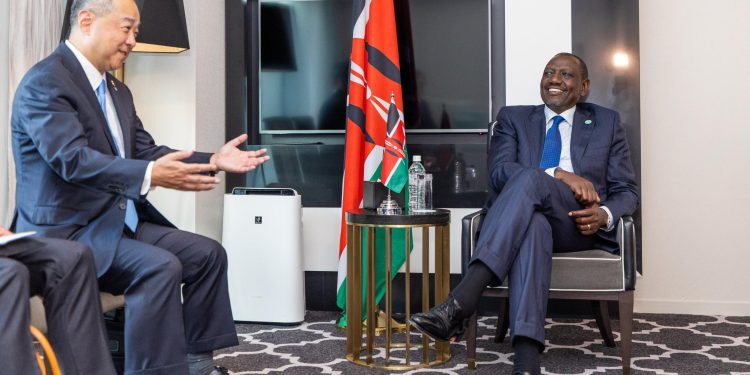Benchmarking Kenya’s FDI Inflows in 2024: UNCTAD’s World Investment Report (WIR) for 2025 shows Africa’s FDI inflow jumped 75.1 percent to $97 billion in 2024. This was largely due to North Africa’s expansion of 277.5 percent to $50.6 billion, driven by Egypt’s 373.3 percent surge to $46.6 billion. The Ras El-Hekma Development Project in Ras El-Hekma City will cost $35bn to Abu Dhabi Developmental Holding (65 percent) and the Government of Egypt (35 percent) for the construction of a hospital, hotel, school buildings, universities, residential districts, tourist resorts, public service facilities, leisure and entertainment sites. Central Africa grew by 12.7 percent to USD 7.9 billion, driven by inflows to the DRC. East Africa posted 12.1 percent growth to $12.7 billion, anchored by Ethiopia and Uganda.
South Africa’s economy grew by 44 percent to $10.5 billion, led by Mozambique’s mining industry, despite high-octane general elections, and the minerals sectors of South Africa and Namibia. West Africa contracted by 6.8 percent to USD$15.2 billion. This was caused by a 57.4 percent contraction in Senegal, worth $2.8 billion to $2 billion, despite Côte d’Ivoire’s 53 percent expansion, worth $1.32 billion to $3.8 billion.
Kenya’s foreign direct investment stagnated, with a slight contraction of 0.12 percent, after falling from $1.504 billion in 2023 to $1.502 billion in 2024. Ethiopia’s economic liberalization is bearing fruit with its FDI rising YOY by 21.9 percent to $3.98bn in 2024 despite the conflict in Tigray. Uganda’s oil sector contributed to a 10.4 percent rise in revenue to $3.3 billion. DRC mining of critical minerals and materials saw FDI rise by 20.8 percent to $3.1 billion, despite conflict in the East. Tanzania’s FDI inflows increased by 28.3 percent to $1.72 billion, driven by opportunities in mining, tourism, agriculture, and infrastructure. Rwanda’s MICE tourism and ICT opportunities spearheaded a 14.1 percent YOY growth in FDI to $0.82bn. Somalia’s economy expanded by 13.1 percent to $ 0.77 billion.
Comparing Kenya’s FDI with Other Balance of Payments Inflows
Kenya’s FDI inflows of $1.502 billion in 2024 lag behind other sources of USD/KES forex rate stability in the balance of payments, current, capital, and financial accounts. Export earnings amounted to Ksh 1,112.3 billion ($8.6 billion), having risen by 10.4 percent in 2024.
Also Read: Kenyan Economy in Crisis as 39% of Households Sink into Poverty
Diaspora remittances grew 18.03 percent year-over-year to $4.95 billion in 2024. The USA accounts for a lion’s share of 53.2 percent of all diaspora inflows, at $2.63 billion, representing a 12.34 percent growth. Saudi Arabia was ranked second with a market share of 8.2 percent at $403.13 million after growing by 9.01 percent. Foreign tourism services export receipts rose by 19.79 percent in 2024 to Ksh 452.2 billion ($3.5 billion), after tourists increased by 14.6 percent to 2,394,376.
Vision 2030 Replication of Asian Tiger and Tiger Cubs Economic Miracles
Kenya’s investments in EPZs, SEZs, and County Industrial Parks seek to follow the footsteps of Asian Tigers which managed to which managed to transition to upper income (above $14,005) and Tiger Cub economies, which managed to transition to upper middle income ($4,516- $ 14,005) by attracting FDI to spur export promotion among other policies. Singapore has a high standard of living, with a GDP Per Capita of $92,932. Hong Kong has a GDP per capita of $ 56,030, South Korea has a GDP per capita of $34,641, and Malaysia has a GDP per capita of $13,144. Kenya remains a low-middle-income country, with a GDP Per Capita of $2,467.92 in 2025.
Between the 1960s and 1990s, Hong Kong, Singapore (led by Lee Kuan Yew from the Third World to the First World in one generation), South Korea (the Miracle on the Han River), and Taiwan (the Economic and Political Miracle) experienced rapid modernization and economic growth. The Five Southeast Asia Tiger Cub Economies (Indonesia, Malaysia, Philippines, Thailand, and Vietnam) followed the highly successful export promotion economic model of the Four Asian Tigers to modernize and industrialize their economies. In 2023, the World Bank recorded Hong Kong’s exports of goods and services as a percentage of GDP at 177, Singapore at 174, Vietnam at 87, Malaysia at 68.5, and Thailand at 56.4. In comparison, Kenya’s exports of goods and services (as a percentage of GDP) have a long way to go, with a low of 11.69 percent in 2023.
Kenya’s Advantages and Opportunities for Foreign Investors.
Kenya’s GDP has been growing at an average annual rate of 5 percent and is projected to reach $131.6 billion by 2025. The population is projected by UN DESA to reach 104.3 million by 2100. The country has a youthful skilled labour force. It’s a low-wage economy. Kenya has a resilient, MSMEs private sector-led economy that is open and liberalized with currency convertibility. The capital markets are well-developed, with the NSE market capitalization reaching Ksh1,939.7 billion ($15 billion) as of 2024. The domestic debt markets consisted of T-bills and T-bonds worth USD 40.6 billion. The country enjoys the trust of creditors, with KES 5,071.5 billion (USD $ 29.2 billion) of foreign multilateral, bilateral, syndicated loans, supplier credit, and international sovereign bonds worth KES 854.9 billion ($6.6 billion).
Also Read: UK to Create 30,000 Jobs for Kenyans After Ruto Signs Deals Worth Billions
Debt-financed CAPEX infrastructure has modernized the economy’s roads, SGR, electricity, fiber optics, seaports, airports, water, sanitation, and hygiene. The country is open to infrastructure and SDG-themed Public-Private Partnerships (PPPs). Nairobi is the gateway to Eastern and Central Africa. It’s a regional trade, logistics, and international diplomacy hub as the only UN headquarters in the Global South. The Nairobi International Financial Centre (NIFC) aims to replicate the successes of Hong Kong and Singapore. The country has a robust digital economy infrastructure and innovations, and this will accelerate once the Konza Silicon Savannah technopolis is completed, sparking opportunities for BPO and software exports similar to those in Bangalore, India. Accelerating the adoption and scaling of 4th Industrial Revolution technologies has immense potential. Investors can help the country close the gaps on attainment of UN SDGs by 2030 by investing in agriculture, universal healthcare, education, clean energy, MSMEs, manufacturing, urbanization, blue economy, and extractives.
Problem Solve Kenya’s Drawbacks for Foreign Investors.
Make tangible and material investments in improving Kenya’s Global Competitiveness Index (GCI) across all 12 pillars, i.e., institutions, infrastructure, ICT adoption, macroeconomic stability, health, skills, product market, labor market, financial system, market size, business dynamism, and innovation capability. Deliberately and consciously ease the doing of business across all 10 conditions, i.e., starting a business, dealing with construction permits, getting electricity, registering property, getting credit, protecting minority investors, paying taxes, trading across borders, enforcing contracts, and resolving insolvency. Stretch to improve Kenya’s Ibrahim Index of African Governance (IIAG) across four pillars, i.e., security and rule of law, participation, rights and inclusion; foundations for economic opportunity and human development. All these should go a long way to remedy the teething problems for foreign investors, including corruption, the unpredictability of tax fiscal policies, the country’s listing on the FATF Grey list, Moody’s junk Caa1 sovereign credit rating, expensive energy, and load shedding, as well as government-pending bills to MSME suppliers.
Follow our WhatsApp Channel and X Account for real-time news updates.

